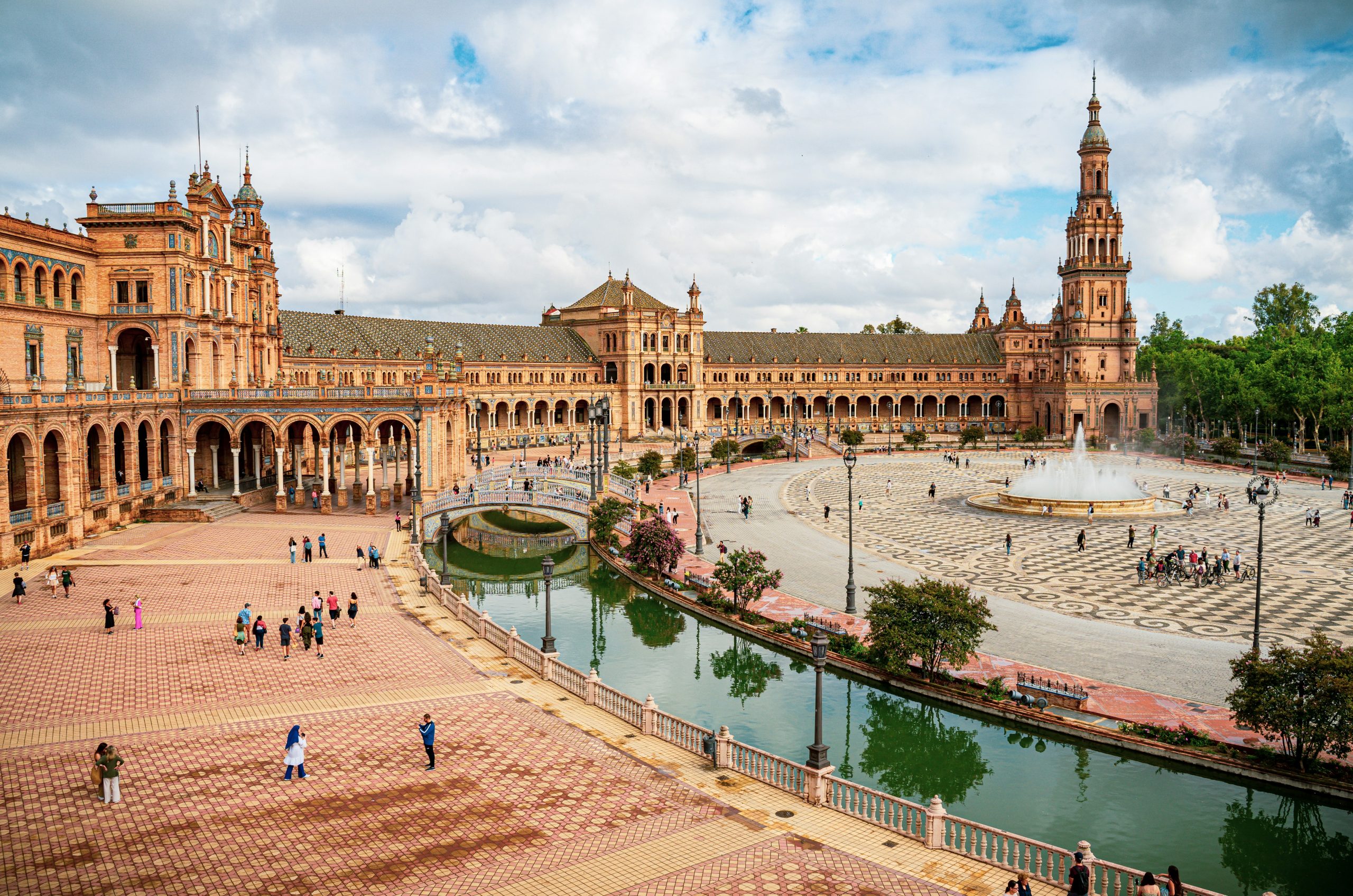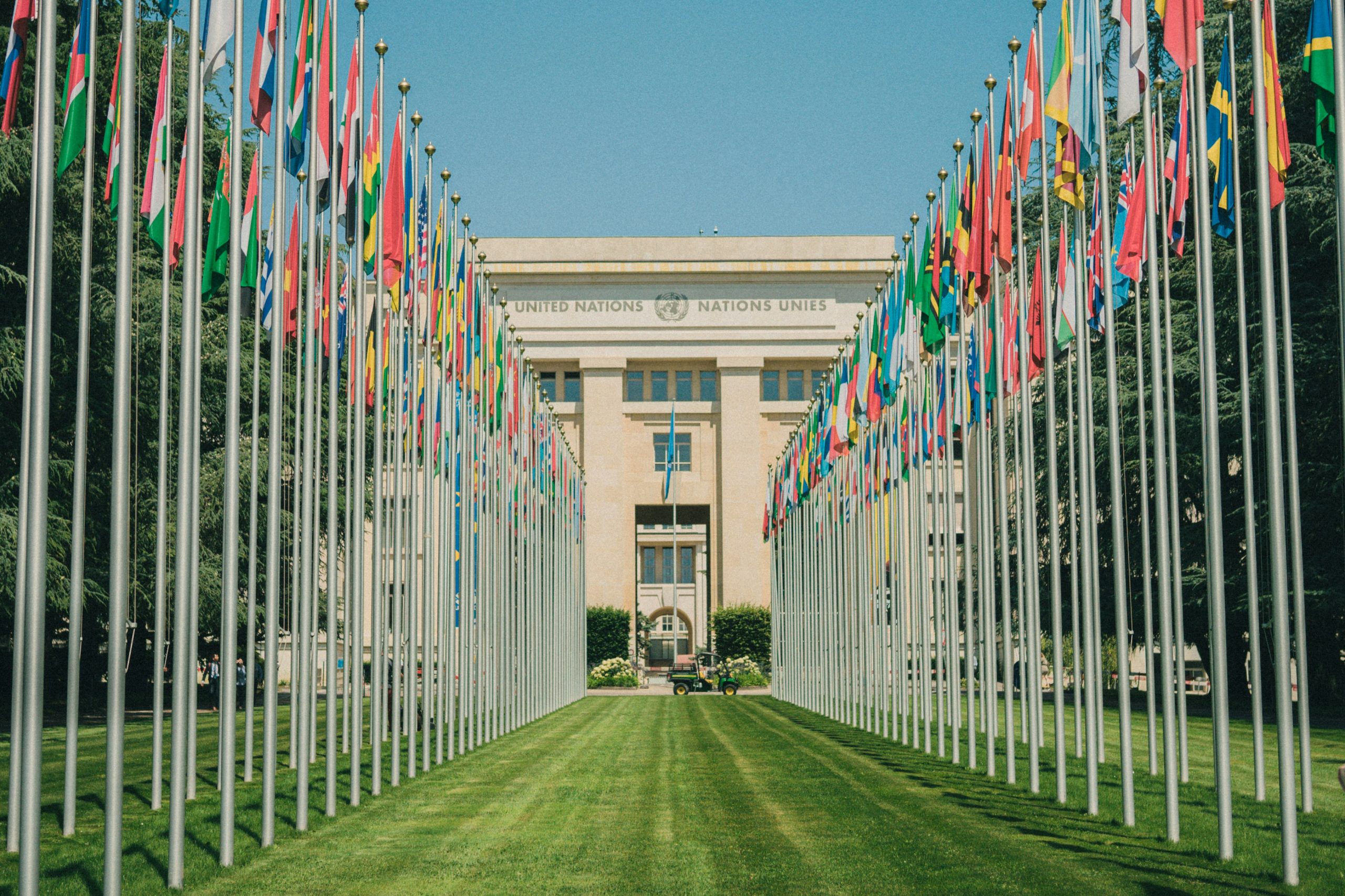Last month more than 15,000 people convened in a sweltering Spain to attend the once-in-a-decade UN International Conference for Finance for Development. Its outcome document, the Seville Commitment – endorsed by over 190 nations – reaffirmed global commitment to pursuing sustainable development, and ending poverty and hunger everywhere. And it included a reference to the vital and catalytic role of philanthropy.
At the conference, a side event on the role of philanthropy as a catalyst for multistakeholder partnerships for sustainable development finance discussed this transformative role in more depth – including local knowledge and convening power as well as finance. While philanthropy should not and will not replace the role of government donors and development banks, it can contribute significantly through collective investment and building a pipeline of sustainable, country-led initiatives.

Image: Unsplash/Plaza de Espana, Seville/Taisia Karaseva
The Seville Commitment
The conference took place in the shadow of the stark reality that the world faces an annual US$4 trillion financing gap to achieve the Sustainable Development Goals (SDGs) and 2030 Agenda. With global official development assistance (ODA) expected to drop by 9 -17 percent in 2025 alone and 3 billion people living in countries where governments spend more in debt interest payments than on health and education combined, how exactly is this commitment going to be met?
The Seville Commitment undertakes to launch an ambitious package of reforms and actions to close the financing gap, mobilising financing from all sources, recognising the comparative advantages of public and private finance. In the wake of 2025’s devastating global aid cuts, the explicit mention of philanthropy in the Seville Commitment was a significant step in acknowledging philanthropy’s role in fostering sustainable development and financing this ecosystem. In particular, the Seville Commitment focuses on the investments seeded by foundations and philanthropies as “catalytic capital”. The reasons why philanthropic capital is being understood as catalytic within this context are as follows:
Risk tolerance
Philanthropists are able to direct funds to projects that may be too risky or unproven to receive traditional funding. This type of investment, known as catalytic capital, can accept a higher risk level or lower financial return than traditional investments, with the goal of generating positive social or environmental impact. When used in this way philanthropic funds can unlock opportunities that wouldn’t be possible with conventional financing, especially in early-stage or high-risk ventures. If these ventures are successful, they can attract further investment from other sources.
Responsiveness
Linked to this greater appetite for risk, is philanthropy’s ability to respond quickly and in agile ways. Philanthropists can respond to emerging priorities and fund new, innovative ideas that may not pass the bar for traditional investors or donors. One example of this is The Life You Can Save’s Rapid Response Fund. This Fund, launched in February 2025, has already raised over US$7.5million from philanthropic givers to help bridge the sudden funding gap left by the suspension of U.S. aid spending. The Fund is a discretionary fund designed to support high-impact programs run by organisations that have already been vetted for their effectiveness, and demonstrates how philanthropic funds can offer a responsive, high-impact solution.
Local links
Philanthropists are increasingly recognising the importance of supporting locally led development initiatives, choosing to invest in local communities and locally led organisations. Philanthropic funds can be used to build local capacity and empower local agents of change. This enables communities to drive their own change and fosters greater sustainability and impact with solutions tailored to local needs and context. By prioritising local leadership and providing flexible, long-term funding, philanthropy can help create more equitable and resilient societies.

Image: Unsplash/New Delhi/Daniel Stiel
Convening power
Philanthropic organisations also have considerable convening power and can help build partnerships between governments, civil society organisations and local communities. Good ideas rarely occur in isolation and bringing together different groups of people to discuss development priorities can lead to new and innovative ways of working, maximising the impact of limited funds. Unlike traditional donors, philanthropy often operates with greater flexibility and neutrality, creating trusted spaces for dialogue and collaboration.
This convening role has been evident in initiatives such as the SDG Philanthropy Platform, where philanthropic actors have catalysed multi‑stakeholder partnerships on issues such as health, education and inclusive economic development. By leveraging their credibility, networks, and ability to mobilise resources quickly, philanthropic organisations can not only broker cross‑sector partnerships but also align global agendas with local realities, transforming fragmented efforts into coordinated, scalable solutions.
A whole-of-nation approach
The Seville Commitment speaks to a growing need for governments to recognise the important role of philanthropy and adopt a whole-of-nation approach to funding for development. This is already happening to some extent. In the last eighteen months, in Australia, we’ve seen the Productivity Commission’s Future Foundations for Giving report into Philanthropy and proposed reforms into “giving funds“. The Future Foundations report emphasised how philanthropy can provide untied, flexible or long-term funding for more innovative and riskier projects compared to what government funding can offer.
Likewise, to help leverage the catalytic role of philanthropy, Development Intelligence Lab suggested that DFAT should be more systematic and structured in engaging with foundations and develop a mechanism to engage private philanthropy in Australia’s aid and development program. This builds on the OECD’s 2021 Private Philanthropy for Development report which recommends governments involve foundations in development monitoring and evaluation efforts, while foundations should share data to better identify funding gaps and provide robust evidence on program effectiveness.
As Director of the OECD Development Centre Ragga Arnadottir put it at the UN International Conference for Finance for Development: “Treat philanthropy as an actor. Not as a side-actor, but as a central actor that can help deliver.” This would help greater alignment among Australian philanthropists and the funds invested by the official development program. As Carsten Staur, Chair of the OECD’s Development Assistance Committee (DAC), similarly explained :“We don’t need 100 different private foundations going in 100 different directions. We need some common direction on this.”
———————————-
 Heather Wrathall is Senior Policy Analyst and Melissa Conley Tyler is Executive Director of Asia-Pacific Development, Diplomacy & Defence Dialogue (AP4D)
Heather Wrathall is Senior Policy Analyst and Melissa Conley Tyler is Executive Director of Asia-Pacific Development, Diplomacy & Defence Dialogue (AP4D)
Heather has over 20 years’ experience in the development and security sectors from her time in government and the not-for-profit sector, including roles with the Department of the Prime Minister and Cabinet and AusAID.
Melissa is a prolific commentator with expertise in Australian foreign policy, Australia’s key relationships across Asia and the practice of diplomacy. For 13 years she served as National Executive Director of the Australian Institute of International Affairs. She joined the University of Melbourne in 2019 as Director of Diplomacy at Asialink and then as a Research Fellow/Associate in the Asia Institute. She is a lawyer and specialist in conflict resolution, including negotiation, mediation and peace education.

The Asia-Pacific Development, Diplomacy & Defence Dialogue (AP4D) is a new initiative that encourages integrated statecraft to maximise Australia’s influence in a more difficult and complex world. It is funded by the defence and foreign affairs and trade portfolios and hosted by the development sector. Its vision is for an integrated, ambitious foreign policy which can generate long-term influence and engagement with the region and the world.
Feature image: Unsplash/Geneva/Gavin Li
